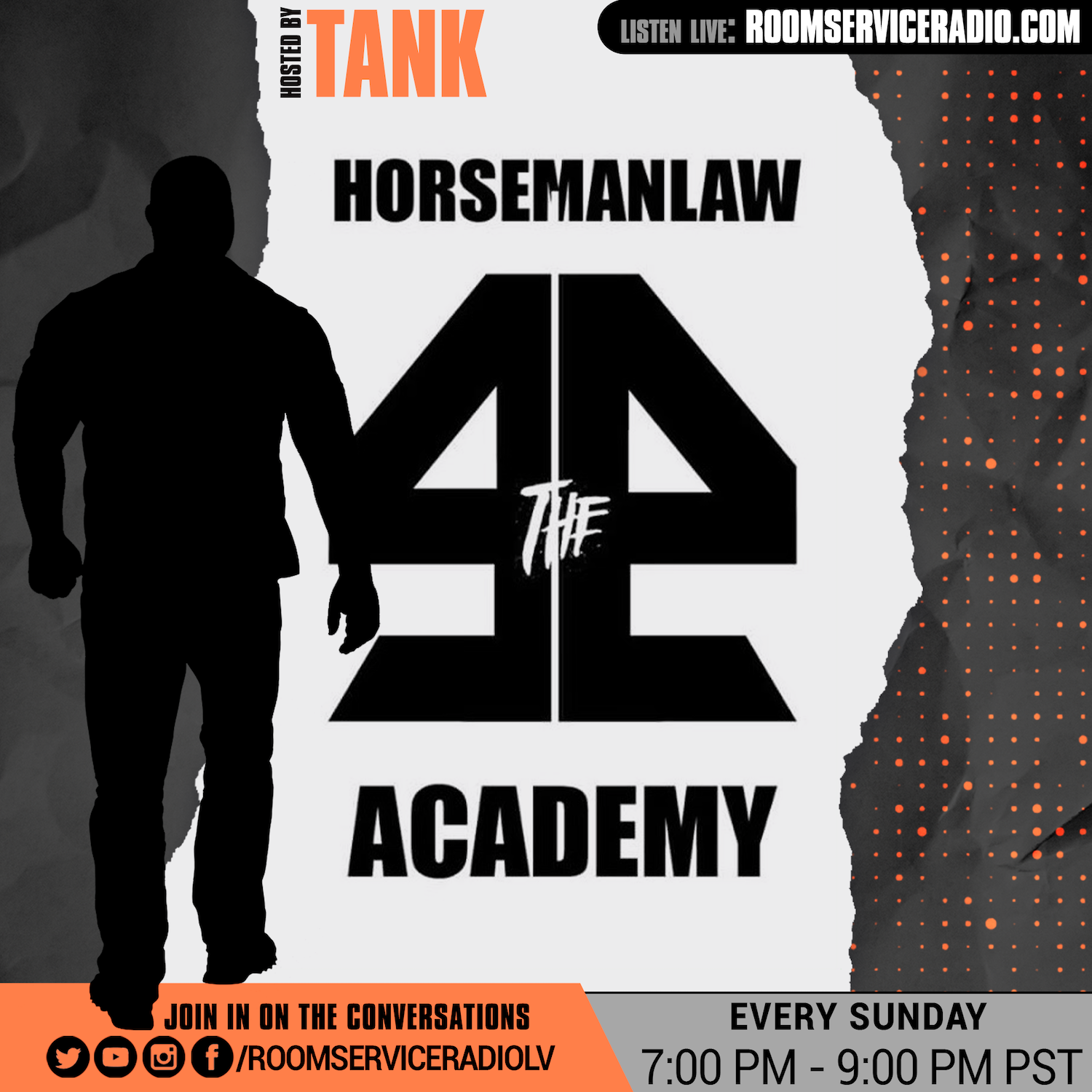A Brief History of Stormé DeLarverie, Stonewall’s Suiting Icon
While her Jewel Box colleagues mostly appeared in drag onstage only, she would often walk around New York in her suiting, starting something of a trend: “I was doing it, and then [other lesbians] started doing it!” she told AfterEllen.com. In fact, she attracted the attention of legendary photographer Diane Arbus, whose 1961 portrait of her, “Miss Storme de Larverie [sic], the lady who appears to be a gentleman,” has appeared in multiple Arbus retrospectives, including a 2016 exhibition at the Metropolitan Museum of Art. While many of Arbus’s photographs capture a gritty urban underground, DeLarverie appears relaxed, almost cosmically pleased to be photographed: “The subject looks every bit as intrigued about the photographer, as the other way around,” Amy Arbus, the photographer’s daughter, told Time. “It is a kind, gentle, completely unadorned investigation of an open, honest soul who seems a bit bemused.”
DeLarverie lived for several years at the Chelsea Hotel, and a handful of documentaries have explored DeLarverie’s drag persona and her time as a guardian of the Village, serving as a security guard at the neighborhood’s gay bars and as a more general watchkeeper. After she told Curve Magazine in 2008 that she was the long-unidentified “Stonewall lesbian” who helped incite the rebellion, she became known as the “Rosa Parks of Stonewall.” But long before that, she was already demonstrating her revolutionary attitude in her approach to style.
DeLarverie in 1994.
Michelle V. Agins/The New York Times/ReduxArticle written by Rachel Tashjian #GQ












